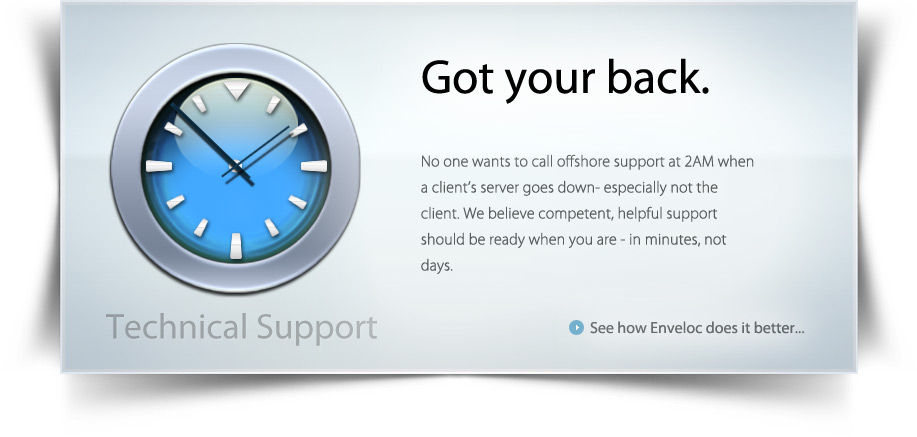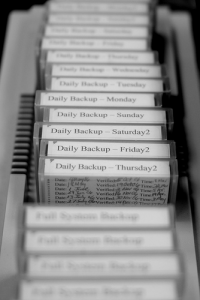When was the last time you called any company’s Technical Support line and were not extremely nervous that:
• You’d have to wade through a dozen or more voice menu options
• You’d have to listen to advertisements or music on hold for 10 or 20 minutes
• You’d finally get connected to a script-reading monkey who didn’t know a bit from a byte
Sound familiar?
It is aggravating. Modern technology is supposed to make life easier, not more complex. No machine works perfectly forever so problems or questions will always pop up at some point, and that is precisely the moment you don’t need any further frustration.
Being in the on-line backup business, we are particularly sensitive to the fact that often when people call, they are in a serious bind because they have accidently erased a file, or their disc has crashed, or some other calamity has destroyed important data. They don’t need additional hassle.
Although we make it easy to restore data through our software, we also know that even technically proficient people sometimes encounter situations they do not understand, and need someone with experience to guide them through it.
Therefore at Enveloc, the phone is always answered by a human being and that one of our US based trained technicians are available, on average, within 30 seconds. This has been our practice for the past 16 years.
So when we say to call if you need assistance, we mean we are truly standing by to provide it.










